As we move along from one generation to the next, it is becoming more rare to see brand new gameplay inventions in the wild. Some of this is simply logical: as games progress, new gameplay is more likely adapted from an old system or refined over time with small tweaks rather than birthed anew.
However, on the flip side, one could make the argument that developers have just gotten lazier over time. Part of this is because of deadlines and sticking with what’s easy, and part of this is put on them by their bosses, who steal their princesses (Bowser style), and force them to put out whatever clone happens to be selling.
Issues like this are never completely cut and dry, but one thing that we can say for certain is that when you experience great gameplay inventions, it crushes your face like a Mike Tyson uppercut, announcing that it has arrived in a way that you can’t miss. Either because it truly defines a title or is simply copied by everyone else, good gameplay is a bit infectious, and tends to have some staying power. Because it’s, well, good.
So, in thinking about great gameplay, I thought I’d come up with a list of gaming’s greatest inventions.
Double Jump
Oh noz! I can’t reach that platform over there. Good thing I have those super awesome mega boots/angel wings/jetpack that will allow me to get an extra jump going while in mid-air! Sweet!
As improbable as the double jump actually is when put into real world applications, none of us really cares because frankly, double jumping is awesome. While I was tempted to put the more generic “platforming” on the list, I feel like the ability to double jump was a big game changer for the way platformers challenged our twitching sensibilities. When I think back to every Metroidvania style game that suddenly gives you that ability to go the extra mile (or yards, as it were) vertically, I go to a happy place full of secret ledges, hidden items and previously unreachable boss battles.
Power-Ups
The fire flower. The spread gun. Quad damage. Overshield. Mega Man 2’s metal blades. The screw attack. The Smash Bros. Pokeball. These are a few of my favorite things.
A well designed power-up can be just the thing a game needs to vary up the gameplay while simultaneously upping both the ante and the stakes. Power-ups make you feel like an unstoppable pixel mercenary, charging forth on your path towards total destruction when you might have felt helpless just moments before. In multiplayer games, they create a scramble for that edge and a mini-goal inside of the overall match. On top of all of this, power-ups helped pave the way for all kinds of other gameplay creations such as loot, consumable items and even item creation.
Cover
In the past, video game protagonists were limited to what they could jump over or absorb in terms of dealing with enemy projectiles or attacks. Our bumbling brutes of old apparently did not have the dexterity or wherewithal to keep their asses down and out of trouble. In recent years, we’ve seen a swing towards cover-based shooting (mostly due to Gears of War) and I for one am a huge fan. It’s been added on to and even perfected by the likes of some, including Rainbow Six: Vegas and Uncharted 2.
Cover is one of those gameplay features that when missing, simply makes a game feel archaic or broken. If there is a door, I want to hide around it. If there is some part of the environment on the ground, I want to crouch up against it. There’s nothing more frustrating than seeing AI teammates able to shelter themselves from harm while I act like their super soldier bullet sponge. Apparently, they’ve known something for awhile that we’re just starting to see in the last few years: cover is awesome.
Horde Modes
Another form of multiplayer/co-op goodness, horde mode is all the rage in shooters nowadays, and for good reason. It takes the monotony out of replaying campaign co-op missions and replaces it with unpredictable enemies coming at you in droves, all the while causing you and your teammates to shout obscenities as the situation goes from bad to worse.
Horde mode has been around in many shapes and forms over the years, but seems to have been popularized more recently by Gears of War 2 and Left 4 Dead, which took the horde mode mentality and pushed players towards a goal while dealing with the hordes. We’re getting to the point where almost every multiplayer game has some kind of horde mode packed on its disc, and you won’t hear any complains from me about it.
Experience Points
What happens when I get to the end of that bar? I’m going to play 100 more multiplayer matches right now to find out!
In the past, the only numbers we dealt with in gaming were high scores and 1-ups. When RPG’s started making their way into our gaming systems and computers, we were greeted by experience points, and over time this has bled into nearly every genre or style of play. Whether it’s single player or multiplayer, we simply like to earn stuff and watch ourselves get buffer, faster and better.
The great thing about experience points is that you get a reward and a promise for future progression. What better way to keep your interest in a game than to know that if you stick with it, you can find better weapons or earn new abilities? In short, experience points are the new high score. It’d be like getting past a certain point in Pac-Man and he earned a new mouth. And we all know how awesome that would be.
Enemy AI
I think nearly everyone can remember the first time they came up against legit AI in video games. The AI that was so smart it was scary. These enemies didn’t simply punch their fists in a straight line and say “if you get hit it’s your fault”. They flanked. They psyched you out. They threw grenades and hid out of sight. And we all freaked out.
Honestly, AI has been in video games since their inception, practically. But it wasn’t until the last decade and a half or so that we saw AI that could really think, and even outsmart you when you weren’t careful. I think one of the landmark titles for this would have to be Half-Life, whose enemy soldiers were just downright mean, and always kept you on your toes. There’s nothing worse than realizing AI is trying to get on your backside. It was so much easier when they acted like goombas.
————
There you are, six of gaming’s greatest inventions. Sure, there were many other things that I wanted to include, but in terms of some influential and (pardon the pun) game-changing advents to our hobby these were some of my favorite.
What about you guys? Any that you think I missed? What would you list as gaming’s greatest gameplay inventions?


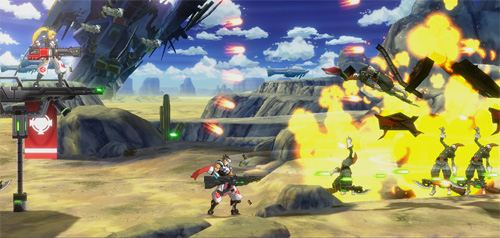
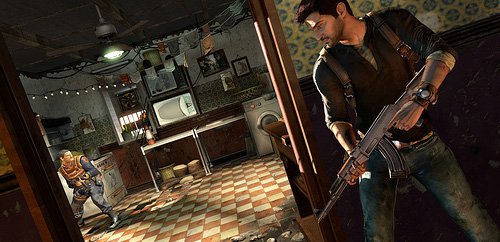
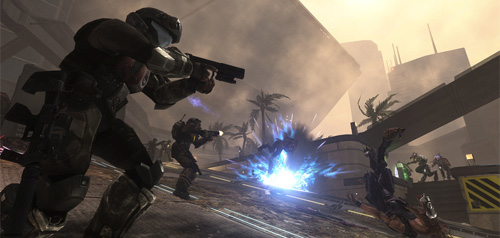
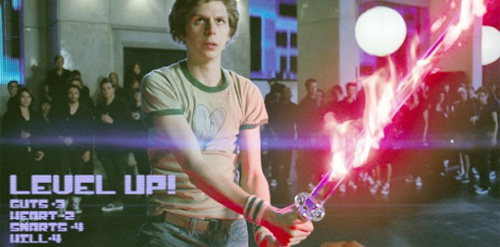
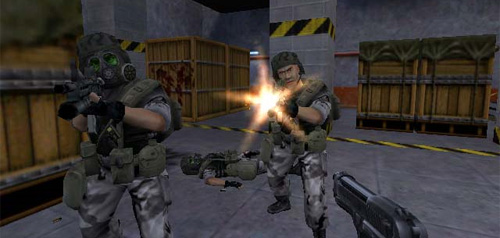
Since you just said cover, the first thing that comes to mind is: Destructible cover!!!!
Customizable abilities/perks/skill trees add layers upon layers upon barrels of monkeys of fun for pretty much any game. When done well, letting the player design their own character from a long list of cool and useful abilities and stats improves replay-value and adds more depth to the player’s character in terms of gameplay.
+ 1 Cossack
Customisation really is what keeps me playing games. I still play MW2 due to the sheer wealth of options I have as I’m determined to find the perfect set of Custom Classes. I’m almost there, I’ve got most of the situational classes perfected. In all honesty, the game drives me insane more than I care to admit but whilst I prefer BFBC2 a LOT more in terms of gameplay, it just doesn’t offer me enough flexibility. Games like Fallout 3 where I could customise my entire loadout or even Metal Gear Online (or Halo Reach now that I think about it) allow me to make my character MY character. I’ll change my stance slightly, it’s the personalisation of almost every aspect of my character that I enjoy so much because even the little cosmetic features make my gaming experiences so unique.
So, yeah: Customisation/Personalisation is the greatest invention in gaming.
This is a great feature man. I would say (the resurgence of) Co-Op. I feel like there were some Great Co-Op experiences on the Super Nintendo (Turtles in Time comes to mind) but then for a couple generations, multiplayer really only revolved around Versus mode, usually 1 vs 1 or 4 players if you had an N64.
However, Co-Op really started making a come back in serious games in the last few years, and it’s such a great experience. It’s so much more fun to play a game with a person you know beside you. Especially in tense/spooky games where I’d normally be too tense to play by myself.
Awesome feature, Eddy. Great picture selection as well.
I agree 100% on the addition of cover to games. As much as I loved Call of Duty 4, there was always a nagging voice in the back of my head that kept pointing out that the game looked and acted like I should be able to take cover. I don’t know why CoD has never adding even a basic system like that for single player (it wouldn’t really lend itself to multi). Just not the style of game I guess, but Killzone 2 managed to do it well.
Experience points in multiplayer were a great addition for a while, but I think they’re starting to get played out. Everybody and their mom adds them to their multiplayer component, and I am but one man. If you’re going to add EXP, just don’t have cheevos for reaching max rank. I can’t do both! Also, I would like to mention that Battlefield 2 is the first game I can think of that had a persistent unlock/rank system.